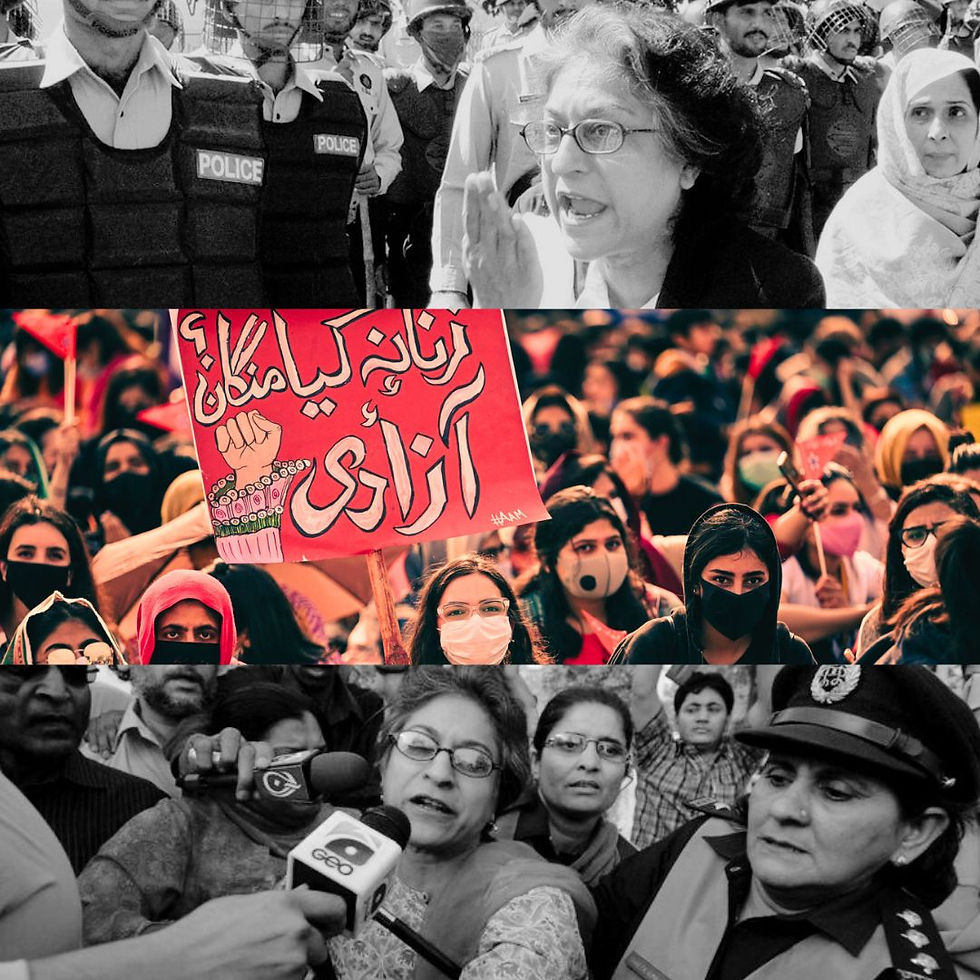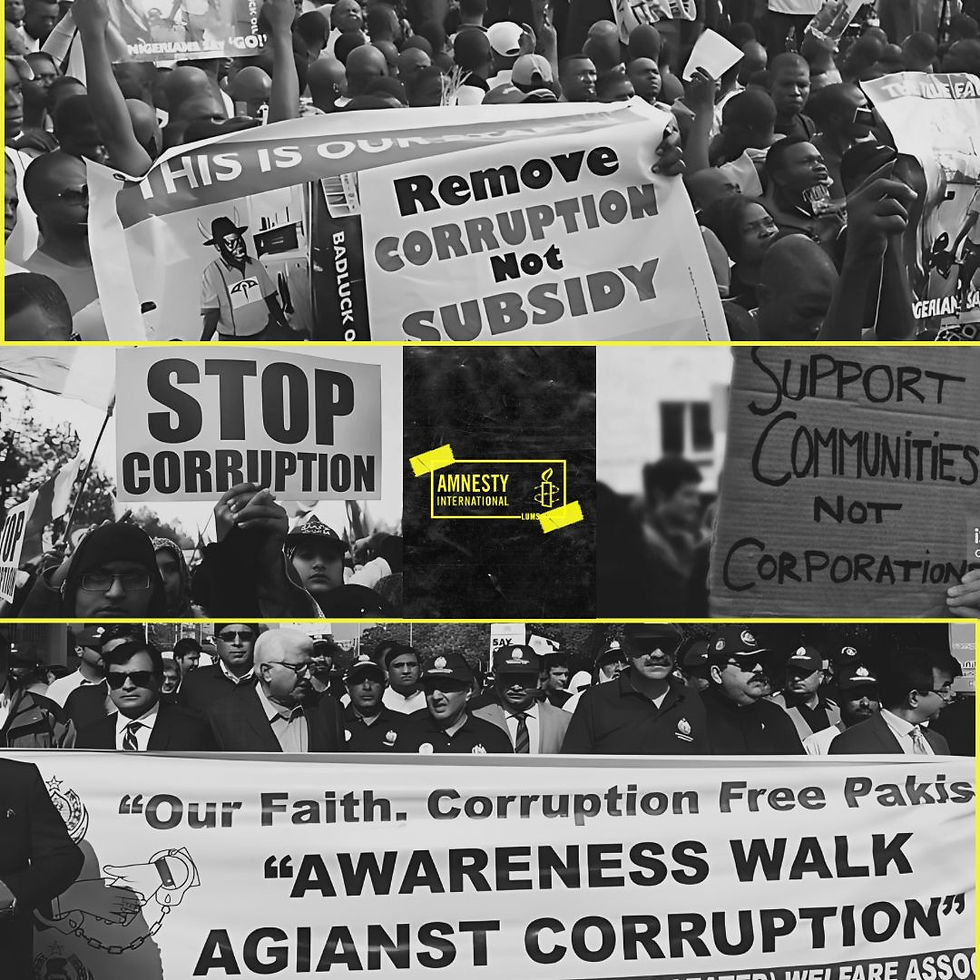Silent Cries: Confronting the Grim Realities of Violence Against Women
- Zara Zahid Khan

- Aug 17, 2024
- 3 min read
By Zara Zahid Khan

The concepts of feminism, women's rights, and security have been debated for decades. It is unfortunate that during this day and age, women have to fight for their fundamental rights constantly. In Pakistan, a woman is raped every two hours. Every two hours, life is ruined, and a woman’s autonomy over her own body is snatched without remorse. Women deserve to live in a world where their pleas and demands are not pushed under the rug but taken into consideration.
This post will take a closer look at the normalization of violence against women and the women's rights movements over the years.
Violence Against Women
Since the early 2000s, cases such as Mukhtara Mai have shocked the nation and engraved fear in the minds of countless women. Cases create frenzy, and demands for change and accountability are made; however, over the years, as violence increased and conviction rates declined, violence against women has been normalized. The perpetrators know their crimes will be pushed under the rug under notions of honor. The conviction rate in Pakistan in the province of Sindh is 12% in 2024 and 3.6% in Punjab as of 2022, while 4,042 cases sexual assault cases were reported in 2023, according to Police Surgeon Summaya in Dawn. These numbers alone should shock the audience. They represent a dark reality that most citizens want to ignore, but it is obvious that ignorance and normalization have only worsened the issue.
On 9 August 2024, a 31-year-old female doctor in India was murdered during her 36-hour duty. Reports confirmed that she was gang-raped and then left to die. Protests have erupted all over India, and it leads to an important question: when will women be safe?
Movements and protests to protect women's rights have taken place for decades and are evidence of how women have been discriminated against and violated against their will throughout history.
History of Women's Right Movements in Pakistan
During General Zia-ul-Haq's regime in Lahore during the 1980s, the Women Action Forum began in Lahore. Members of the forum protested against the Hudood Ordinances and the Law of Evidence, which required a raped woman to present four witnesses to prove the horrifying crime. The Ordinance was against women in every shape and form, and in a time of Islamisation, the women population suffered greatly. The WAF led a peaceful rally, yet they were tear-gassed and hit with sticks. These laws ended in 2006, but the courage the women showed during the time is commendable. Today, every year on 8 March, all over cities of Pakistan, the Aurat March is led to highlight the importance of women's rights. Women's rights violations and the issues they face every day are brought to light.
Over the years, women's rights movements have taken different forms, but those who believe in equality and protection of women have constantly stood up to support women. It brings to question the underlying issue: why are these voices ignored? Until when will the painful plights of women get ignored in our country? According to a census by the UN, women make up 52% of Pakistan’s population. 52% women unprotected. The law does provide equality and prohibits discrimination against any citizen of Pakistan based on their gender, sex, religion, or race, as stated by the constitution of Pakistan, Article 25. It is disappointing how women are excluded from this protection. Violence and discrimination against them have been normalized to a terrifying extent.
Nevertheless, it is important to remember that women are living, breathing human beings. They deserve to feel safe in their homes, workplaces, colleges, and streets. Change can only begin when crimes against them are not treated as a commonality, but work is done to hold rapists and criminals accountable. Making women feel safe is the least we can do as a society.





Comments